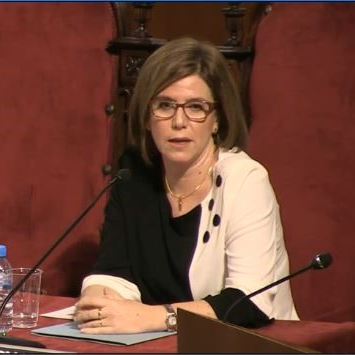Phase Change Materials
A special issue of Molecules (ISSN 1420-3049). This special issue belongs to the section "Materials Chemistry".
Deadline for manuscript submissions: closed (30 November 2019) | Viewed by 58568
Special Issue Editor
Special Issues, Collections and Topics in MDPI journals
Special Issue Information
Dear Colleagues,
Phase change materials (PCMs) are key materials for latent heat energy storage. Thermal energy storage (TES) technologies have been identified as key enabling technologies to increase energy efficiency. However, TES systems based on PCM require more research in order to improve their performance. Several issues related to PCM properties should be addressed. While thermal properties such as latent heat are the main criteria for PCM selection, other characteristics should be further investigated and improved for its implementation. The enhancement of thermal conductivity and leakage prevention by encapsulation or the design of shape-stabilized PCMs are currently areas of high interest in the research. Others, such as thermal cycling stability, chemical stability, flammability and fire properties, low vapor pressure, and health-related issues are not as well-studied. This Special Issue aims at gathering the best papers on the development, improvement, and enhancement of PCMs.
Dr. Ana Ines Fernandez Renna
Guest Editor
Manuscript Submission Information
Manuscripts should be submitted online at www.mdpi.com by registering and logging in to this website. Once you are registered, click here to go to the submission form. Manuscripts can be submitted until the deadline. All submissions that pass pre-check are peer-reviewed. Accepted papers will be published continuously in the journal (as soon as accepted) and will be listed together on the special issue website. Research articles, review articles as well as short communications are invited. For planned papers, a title and short abstract (about 100 words) can be sent to the Editorial Office for announcement on this website.
Submitted manuscripts should not have been published previously, nor be under consideration for publication elsewhere (except conference proceedings papers). All manuscripts are thoroughly refereed through a single-blind peer-review process. A guide for authors and other relevant information for submission of manuscripts is available on the Instructions for Authors page. Molecules is an international peer-reviewed open access semimonthly journal published by MDPI.
Please visit the Instructions for Authors page before submitting a manuscript. The Article Processing Charge (APC) for publication in this open access journal is 2700 CHF (Swiss Francs). Submitted papers should be well formatted and use good English. Authors may use MDPI's English editing service prior to publication or during author revisions.
Keywords
- phase change materials (PCMs)
- thermophysical characterization
- standard methods
- chemical stability
Related Special Issue
- Phase Change Materials 2.0 in Molecules (14 articles)






